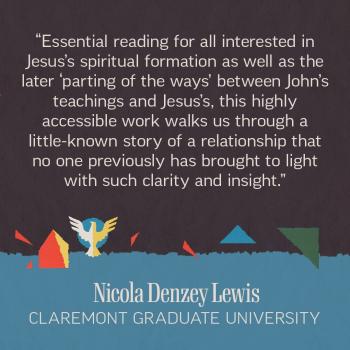I am grateful to IVP for sending me a gratis review copy of Gerald Rau’s book Mapping the Origins Debate. The book’s subtitle refers to the “Beginning of Everything,” but the book in fact looks at a number of quite distinct beginnings – the beginning of the universe, of life, of species, and of humans. Given all it tries to cover, the book is obviously not going to enter into great detail, and it is not intended to. Rather, Rau writes in the hope that he can set forth clearly and impartially the major views and what distinguishes them, for the benefit of high school students and other interested parties who are confused by the competing and conflicting claims made about science.
As with most efforts to achieve fairness by presenting “both sides,” even though Rau offers six rather than two perspectives, I felt that at times he granted too much credence to claims of YEC and ID proponents. While Rau may be correct that each of the views he describes has some truth to it, I am less persuaded that Rau has correctly identified what that truth is. However, I must acknowledge that this could possibly be because Rau has managed to be more charitable towards views other than his own than I have. And he certainly does not refrain from offering criticisms of those views.
In relation to the claims of young-earth creationists such as will be promoted through the Ark Encounter theme park, I think the most important points that Rau makes are the following. First, he notices clear pieces of evidence that are incompatible with young-earth creationist claims about flood geology, such as the absence of pollen from the most ancient geological strata. Second, Rau provides helpful charts which highlight the range of possible viewpoints, and in doing so, YEC claims that there is a strictly binary choice to be made are demonstrated clearly to be false. The only difference between YEC and OEC (old Earth creationism) is the denial of more science – geology and astronomy – by the former. And so one cannot help but wonder why anyone would adhere to the more problematic YEC stance when (1) the Bible does not explicitly address the age of the Earth, (2) science denial harms the reputation of the Christian faith, and (3) alternatives that affirm direct divine creation by God exist.
Although the truth is not always halfway between the extremes, it is rarely at the far extremes (despite what those occupying those extreme positions tend to claim). If Rau’s book moves anyone away from polarized options towards middle ground, and gets those who nonetheless disagree to interact in more respectful and positive ways, that will be an incredibly important contribution. I found Rau’s illustration of what it can mean to be “poles apart” on pp.170-171 especially helpful. If someone standing at the North Pole on our planet, and someone standing at the South Pole, were to describe the planet, they would disagree on important points in ways that would seem irreconcilable. They would also, even taken together, have missed a great deal that can only be seen when one explores the realms between those poles. I hope that many will accept Rau’s invitation to engage in such exploration.













